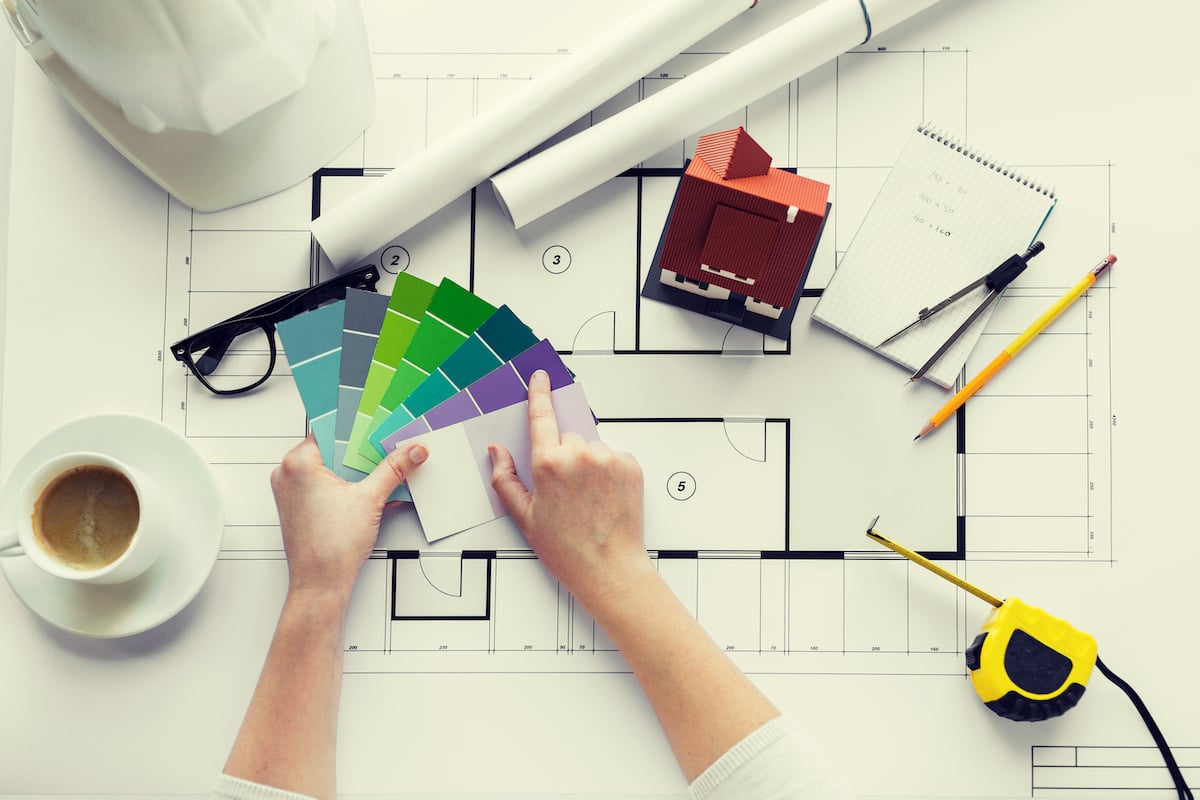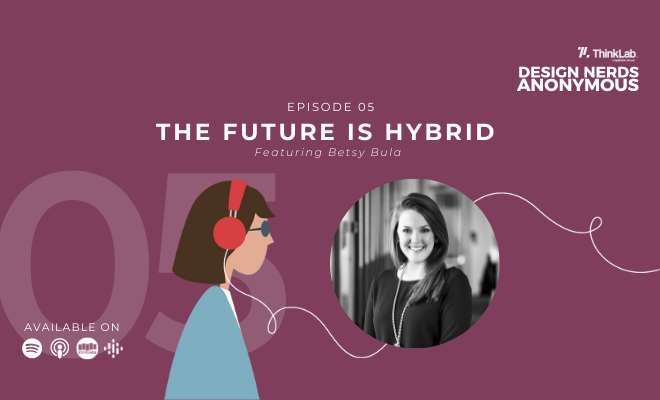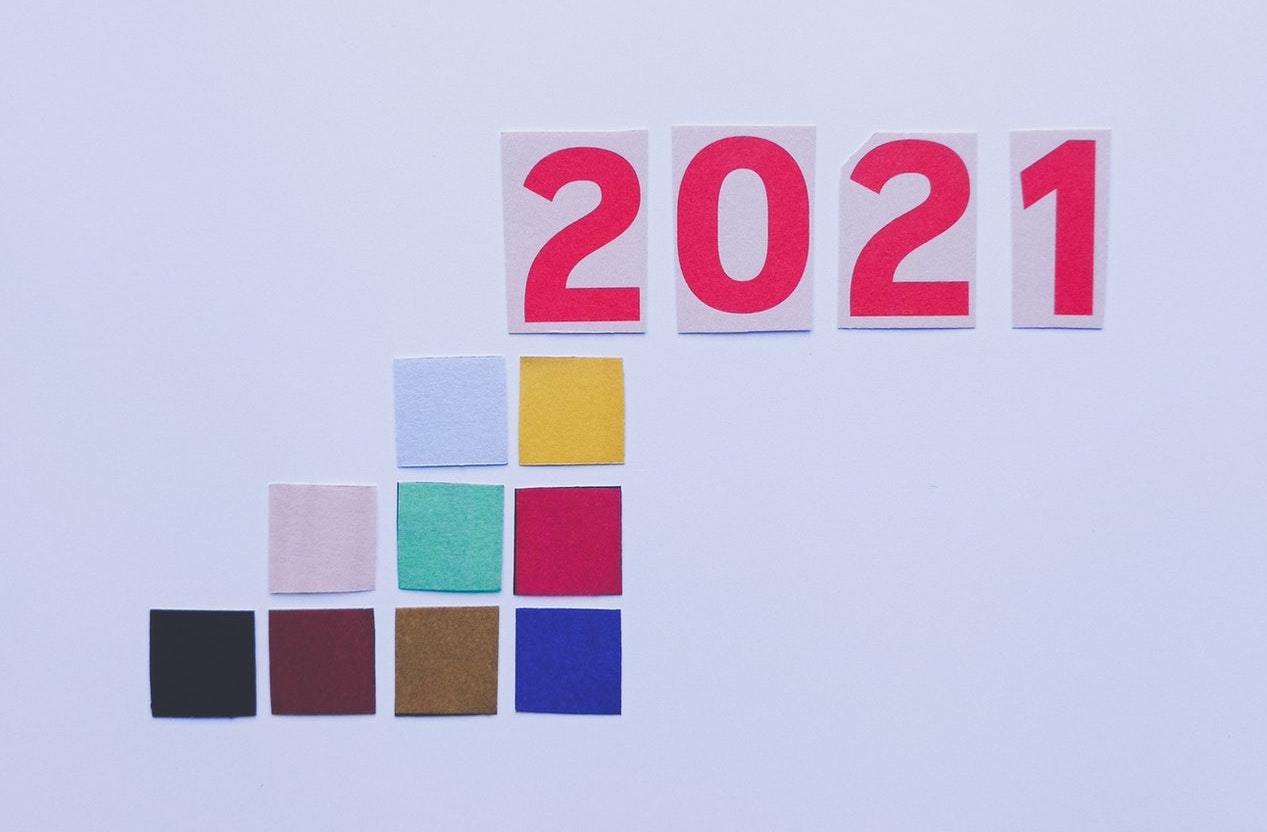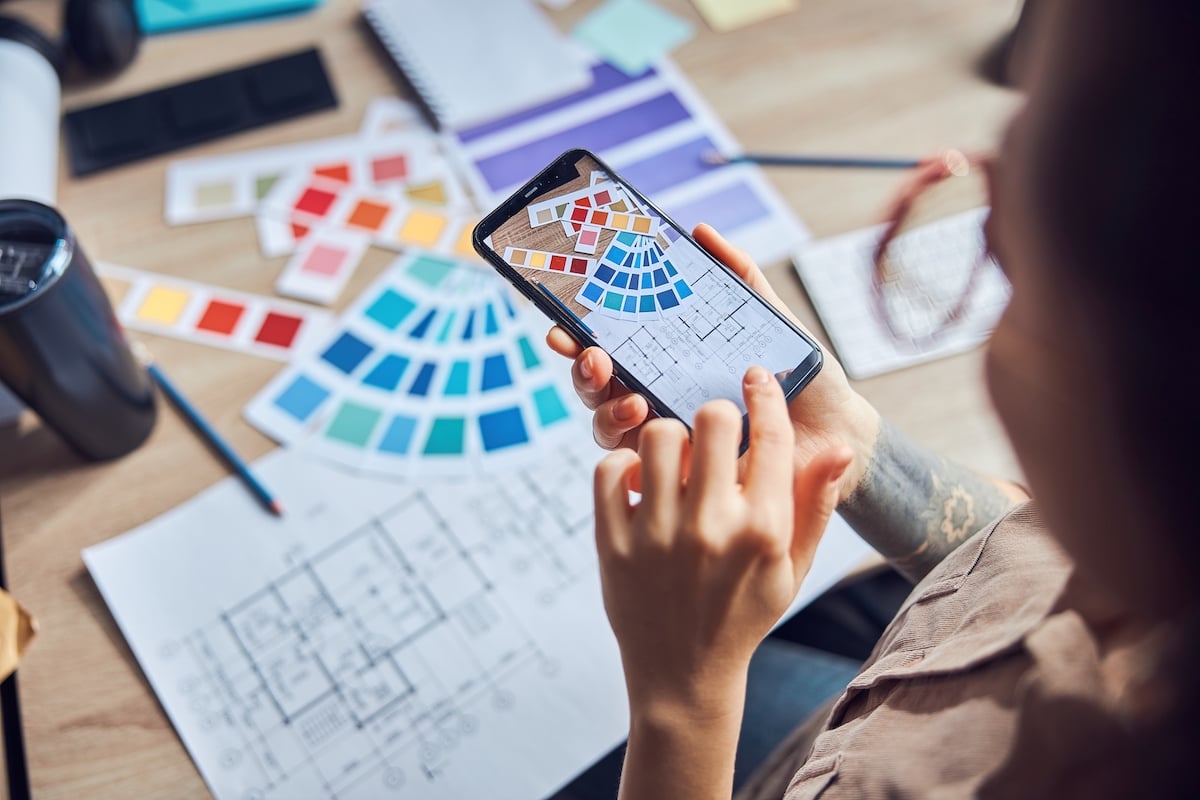
Here’s a bold statement that we all need to be reminded of. Pinterest has altered the design world - but it hasn’t replaced the need of a designer.
In a fascinating report on Evidence-Based Design (EBD) from The Center for Health Design, the company defines EBD as “the deliberate attempt to base building decisions on the best available research evidence with the goal of improving outcomes and of continuing to monitor the success or failure for subsequent decision-making.” In short, purposeful design isn’t just a compilation of pretty pictures, but it’s backed by results, best practices, experience, trial and error, and years of research all curated into an expertly planned space centered around the end user's functionality and inspiration in mind.
Mark Hirons FAIA, IIDA, LEED AP, Design Principal for CannonDesign explained it best. “Informed design at the onset of a project leverages baseline comparisons to offer the client context and an enriched design consultancy experience. Design should be behavioral-focused and use relevant data as a means to explore ideas. Each project is unique. Ultimately, it’s a fine-tuned process that, while working with the client over time, results in a meaningful environment and often a portfolio of thoughtfully designed spaces.”
Understanding the Value of Design
The value of design exists in its ability to support two of the clients’ most valuable resources: people and place. “While oftentimes clients initially may have preconceived notions, we seek to listen to their vision, understand their culture and explore new ideas that will best position them for the future. We look at behaviors and focus on efficiency AND, even more importantly, effectiveness. While everyone wants a space that works well and is budget friendly, the most important question is how do we purposefully design our clients’ second most expensive asset in their portfolio (real estate) to make their first most expensive asset (people) more effective.”
By overlaying well-being, collaboration, privacy, and meaningful interaction, Hirons explains that great design can do both.
Want vs. Reality
Hirons noted often an endeavor is deciphering the difference between clients’ wants and needs within a space to best achieve their goals. “Our job is to take a step back and analyze how best to translate ideas and choices, authentically, to our client. They may express an impact, characteristic or mood desired for their space and our goal is to translate that with their brand and story to craft the environment for which they are aspiring.”
He continues, “Design is taking the desired behaviors and matching them with an array of purposeful settings that support concentration, collaboration, comprehension, and social connection and creating them to express each client’s mission and culture. We come back with a list of design choices that offer both the feel they want and the functional environment we know they need. For example, we’ll provide a list of things to consider--perhaps multi-functional spaces, art, gardens, enhanced technology, etc.—then the client can decide to pull different levers or accentuate certain choices to make the space more engaging and experiential.”
Design as a Catalyst, Space as an Innovator
As a well-illustrated example of this EBD principle, Hirons shared a recent client experience where a leading biopharmaceutical company in Korea wanted an environment that spoke to its brand reputation of being a global leader. After meeting with the client, CannonDesign realized the company needed to provide a space that supported its employees throughout their entire day.
“They wanted a work environment that infused the elements of collaboration, innovation, reflection, and a holistic perspective,” explained Hirons. “We delivered more than 50 different settings - from a living forest and micro-kitchens to seminar rooms and sleeping pods, that spoke to the idea of being the only one. We looked at each experience a person could have throughout the day and how the spaces could support productivity and infuse innovation. Ultimately design was the catalyst to create a completely unique environment to enrich their staff members’ lives everyday.”
To clarify, Pinterest and the use of imagery has a place in the context of conjuring ideation. That said, more notably, the true designer’s role is to help clients deploy principles of EBD, explore ideas to tell a client’s story, and enrich their experiences - all while pairing a keen understanding of maximizing dollars spent.
Hirons agrees and left us with this, “Authority is given. Trust is earned. You have to build that trust with clients by listening and responding with value-added ideas that inspire. Every project should stretch for the unexpected. And it always should enrich the lives of each client and support them to become even more successful than imagined. We have to use our professional toolkit of data analysis, creativity, and empathy to realize that end result for them, while building the highest level of trust in us to guide them.”
This article originally was published in Bellow Press and was reposted here with permissions.
Amanda Schneider is President of ThinkLab, the research division of Interior Design magazine. At ThinkLab, we combine Interior Design magazine’s incredible reach within the architecture and design community with proven market research techniques to uncover relevant trends and opportunities that connect back to brand and business goals in a thought-provoking, creative, and actionable way. Join in to know what’s next at thinklab.design/join-in.


